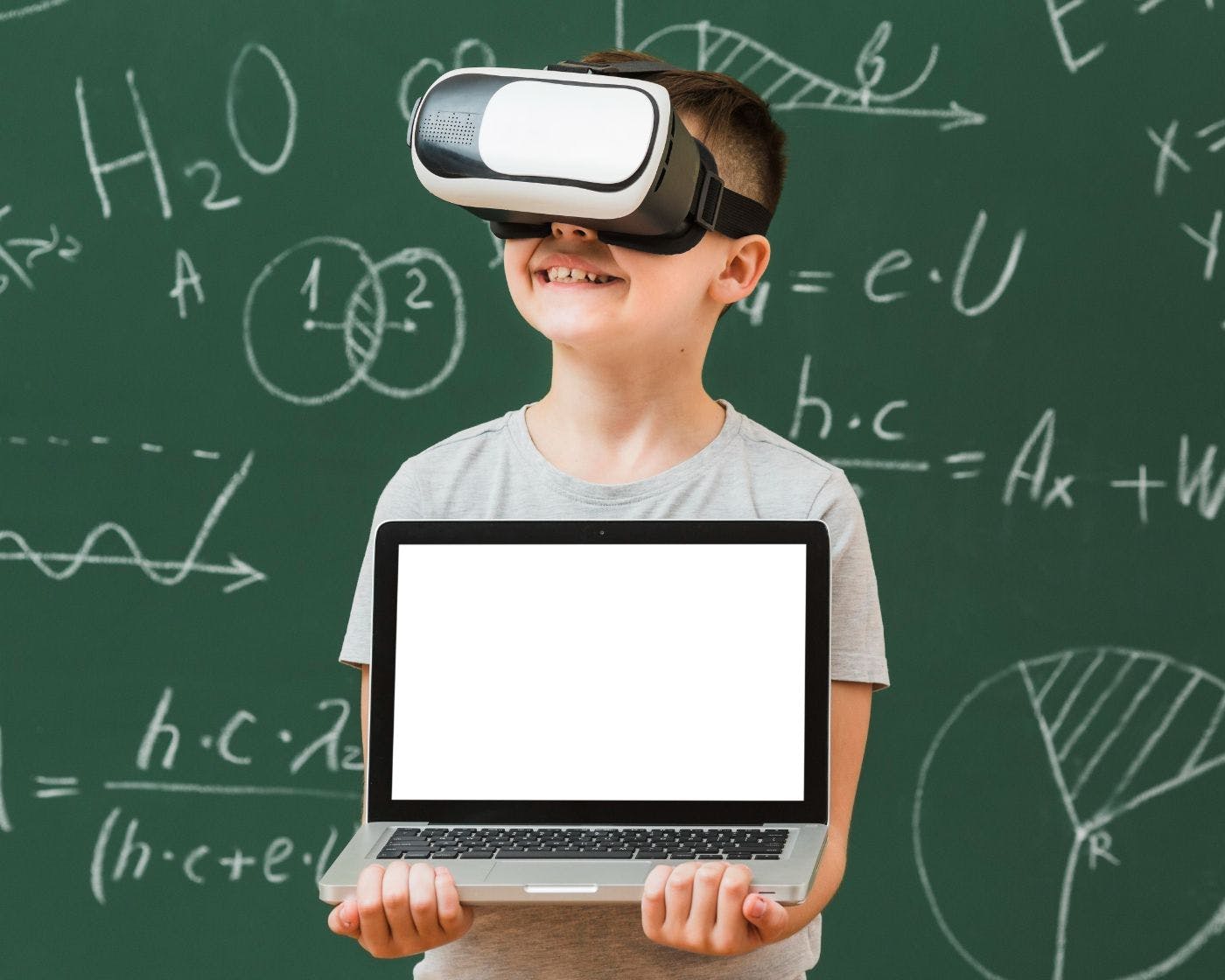Even in its infancy, Artificial Intelligence (AI) is already influencing many parts of our day-to-day lives. From organizational decision-making to medical diagnoses, AI has been a transformative force on par with the internet, and the education sector is no exception.
The global “AI in education” market has already grown to about $4.25 billion and is set to reach over $20 billion by 2028 and over $30 billion by 2032, as per two different projections. AI’s impact on the education sector grows stronger every day, and understanding the role of AI in education can help relevant stakeholders and policymakers make educated decisions.
As the Chief Growth Officer at Tynker, a leading K-12 edtech platform, I will share three of these topics.
1. The Challenges of Defining the Role of AI in Education
The role of AI in education is evolving too rapidly to accurately predict how it will transform education for different stakeholders, i.e., student learning experiences and teacher techniques, in the near and distant future.
Further complicating the matter are the differences in AI adoption rates in different societies, communities, and education levels (primary, secondary, professional, etc.). There are also contrasting views about the ethics of AI in education, sparked by the widespread adoption of ChatGPT by students using it to craft essays and find quick solutions to homework questions.
Like many other technological innovations, AI is a powerful tool. Wielding correctly can lead to positive educational outcomes, but it can just as easily be abused to cheat the current educational system. This is why it’s essential to define the role and scope of AI in education, despite its challenges.
A good starting point would be to observe and analyze how AI transforms learning experiences in different learning environments and educational levels. The role of AI in education, especially in transforming learning experiences, is most prominent in three domains.
2. Assessment/Monitoring
One of the ways AI is transforming the learning experience for both students and educators is through the assessment and monitoring of a student’s performance. Teachers spend about 6.5 hours every week evaluating their students’ work and providing feedback, a time frame AI can significantly reduce.
Automated essay scoring, where scoring rubrics can be modified, and the depth of assessment, especially from linguistic performance, can be fine-tuned far beyond human assessment, is already a mature AI application in education. AI can even be leveraged to introduce new assessment methods and add more dimensions to traditional evaluation/assessment.
The role of AI in educational assessment is currently limited to higher education or specialized educational domains like language proficiency assessment. However, efforts are being made to expand the scope of AI-powered assessments in an educational setting.
It’s also important to acknowledge the limitations of AI-based assessment and monitoring to define the scope of the role of AI in education. Some limitations include the bias inherent in training data, digital literacy (teachers and students), poorly defined performance evaluation metrics, situation awareness, and lack of empathy.
3. Personalization (At Scale)
Even the most dedicated of teachers cannot personalize the learning experience for each student in a class. They must provide a learning environment ensuring maximum knowledge retention for most students.
They cannot spend the time needed to bring the weakest student in the class up to speed with the rest of the students or help the brightest student reach their full potential by challenging them every step because either would negatively impact the bulk of the class.
This is an inherent problem in our education system that AI can help resolve. With comprehensive assessments, AI systems/tools can identify learning gaps and areas of strengths and weaknesses for each student. They can develop a new study schedule that allocates more time to the areas a student is weak at.
By identifying which type of educational videos and learning materials benefit a student the most, an AI system can help that student achieve better learning outcomes by focusing on media/medium that works for them. NLP models like ChatGPT can explain ideas simply as a student needs to understand them. It can even explain complex concepts by providing analogies from a student’s areas of interest.
A comprehensive AI model can simultaneously offer each student the attention they need to keep pace with the rest of the class. Adaptive learning tools can use feedback to reroute a student’s learning “path” for better concept clarity and reinforcement.
It’s important to remember that personalized doesn’t mean humanized. AI cannot empathize with students or assess their emotional state (yet) and may have difficulty comprehending how emotional distress or distractions can impact learning outcomes.
Engagement and Knowledge Retention
AI in education can make the learning experience more engaging, and personalization is just one aspect. AI can enhance the self-paced learning experience. Students unwilling to ask what they assume would be classified as “stupid questions” in the class can get the answer from AI and keep pace in real time.
AI-based real-time translation models can increase engagement levels in multilingual classrooms. Interactive learning tools like chatbots can engage students more effectively.
AI can also be used to generate smart content that can be tailored to the specific needs of the students or gamify both learning and testing for improved knowledge retention.
Incorporating AI has the Potential to Improve Learning Outcomes
AI in education is often compared to introducing calculators in the classroom, and how parents and teachers feared it would weaken students’ mathematical abilities.
However, just as calculators didn’t diminish students’ mathematical abilities (it increased efficiency), AI may do the same on a far grander scale. It may transform the learning paradigm and help humanity uncover new and better ways to learn and process complex ideas.
The role of AI in education will only become more prominent and comprehensive in the future, and an early start in defining and shaping that role can lead to numerous positive learning outcomes.





